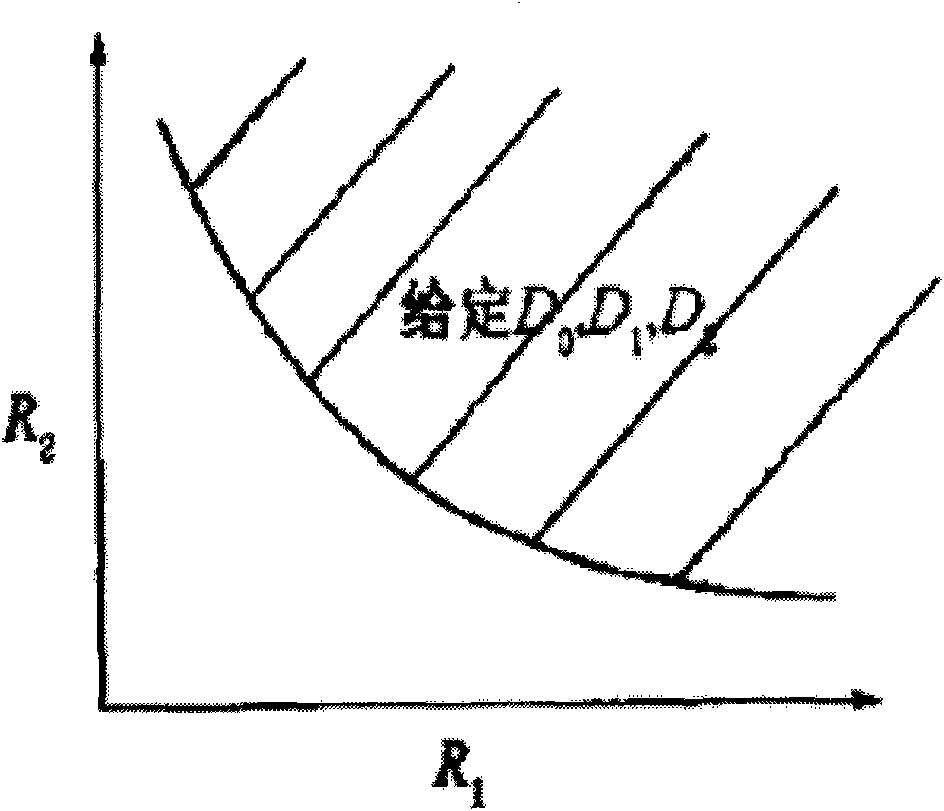Two-description video coding method based on Wyner-Ziv principle
A video coding and coding technology, applied in the field of video coding, can solve problems such as the inability to meet the video transmission requirements of low-energy devices
- Summary
- Abstract
- Description
- Claims
- Application Information
AI Technical Summary
Problems solved by technology
Method used
Image
Examples
Embodiment Construction
[0063] Such as Figure 4 As shown, the two-description video coding method based on Wyner-Ziv of the present invention includes two parts of low-complexity coding and high-complexity decoding. On the low-complexity encoding side, the video sequence is first divided into two sub-sequences, and each sub-sequence is first coded with zero-motion H.264 (marked as H.264 0-mv in the figure) to form the first part part 1 of the description, and then optimized Wyner-Ziv encoding of the residuals to generate the second part described in part 2.
[0064] 1. Low complexity coding
[0065] (1) Frame separation
[0066] A video sequence is first divided into two sub-sequences. In order to achieve low-complexity coding, the scheme adopts a simple method of separating odd and even frames. Odd frames form description 1, and even frames form description 2.
[0067] (2) H.264 0-mv encoding
[0068] The use of H.264 0-mv encoding is to meet the low-complexity encoding requirements of part 1. ...
PUM
 Login to View More
Login to View More Abstract
Description
Claims
Application Information
 Login to View More
Login to View More - R&D
- Intellectual Property
- Life Sciences
- Materials
- Tech Scout
- Unparalleled Data Quality
- Higher Quality Content
- 60% Fewer Hallucinations
Browse by: Latest US Patents, China's latest patents, Technical Efficacy Thesaurus, Application Domain, Technology Topic, Popular Technical Reports.
© 2025 PatSnap. All rights reserved.Legal|Privacy policy|Modern Slavery Act Transparency Statement|Sitemap|About US| Contact US: help@patsnap.com



